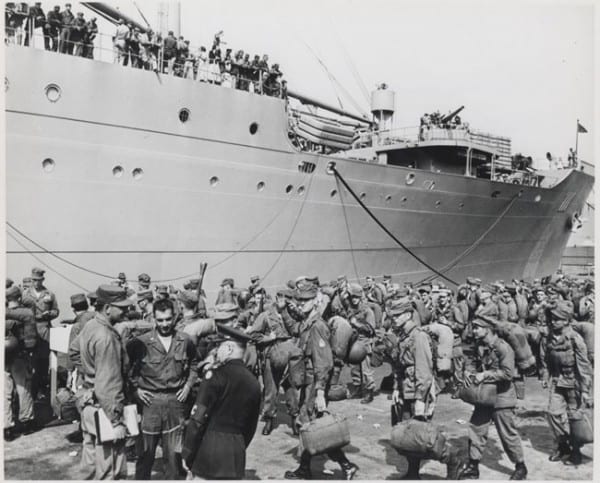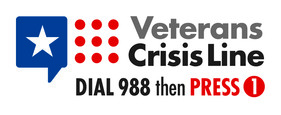
U.S. Soldiers board a transport craft at Oakland Army Base on route to Vietnam in 1966 (Photo: U.S. Army)
On March 29, 1973, the last remaining U.S. troops and POWs evacuated South Vietnam, bringing an official end to America’s involvement in one of the most controversial conflicts of the last century.
The following year, President Richard Nixon dedicated March 29 as National Vietnam Veterans Day, honoring the over 2,700,000 million servicemembers that actively served in Vietnam. Of those who served, over 58,000 died, including nearly 5,600 Californians — by far the largest share of U.S. dead in Vietnam compared to any other state.
In fact, the Golden State would play a pivotal role in the United States’ war effort, serving as a logistical hub through which nearly every U.S. servicemember would pass on their way to or from the Southeast Asian Cold War hot spot.
Oakland Army Base, which was decommissioned in 1999, was at one point the largest military complex in the world. Hundreds of thousands of U.S. troops passed through its fences, a microcosm of greater cultural shifts that were occurring throughout the state as people from all over the country — and much later, Vietnamese refugees from the war — permanently settled in the state.
Political movements on both sides of the aisle began in California too, many of which continue to influence modern politics. The Berkeley-led, anti-war protests of the 1960s were juxtaposed to a conservative push that put Ronald Reagan in the Governor’s — and later, the President’s — office.
A quarter of the defense budget was spent in California, too. Military contracts spurred growth in every war-related industry as well as many others, including the now-famous Silicon Valley. The economic growth that would occur as a result would influence U.S. technical advancement for the remainder of the 20th century and beyond, with California, again, serving as a hub.
According to U.S. Census data, California’s population increased by 27% between 1960 and 1970 while the state’s economy outperformed the national average both during and after the war, even seeing some economic growth during a recession that affected much of the rest of the country during the 1970s.
Lasting Effects on Veterans
As of 2017, California’s largest veteran population is still composed of those who served in Vietnam. Many who served returned home to a country that abhorred them, evidence of a deeply polarizing conflict that in many ways left a permanent scar. Vietnam veterans would have to wait over 20 years, when the First Gulf War changed public perception of U.S. Armed Forces, before the nation as a whole began to recognize that many who served in Vietnam were not taken care of despite their sacrifice.
While economic upturn suggests the Vietnam War had some positive impact on California, the effects on those who served are still visible today. Vietnam veterans in California and throughout the United States still make up a significant portion of the homeless population and many, if not most, continue to suffer from both physical and mental trauma suffered decades ago.












